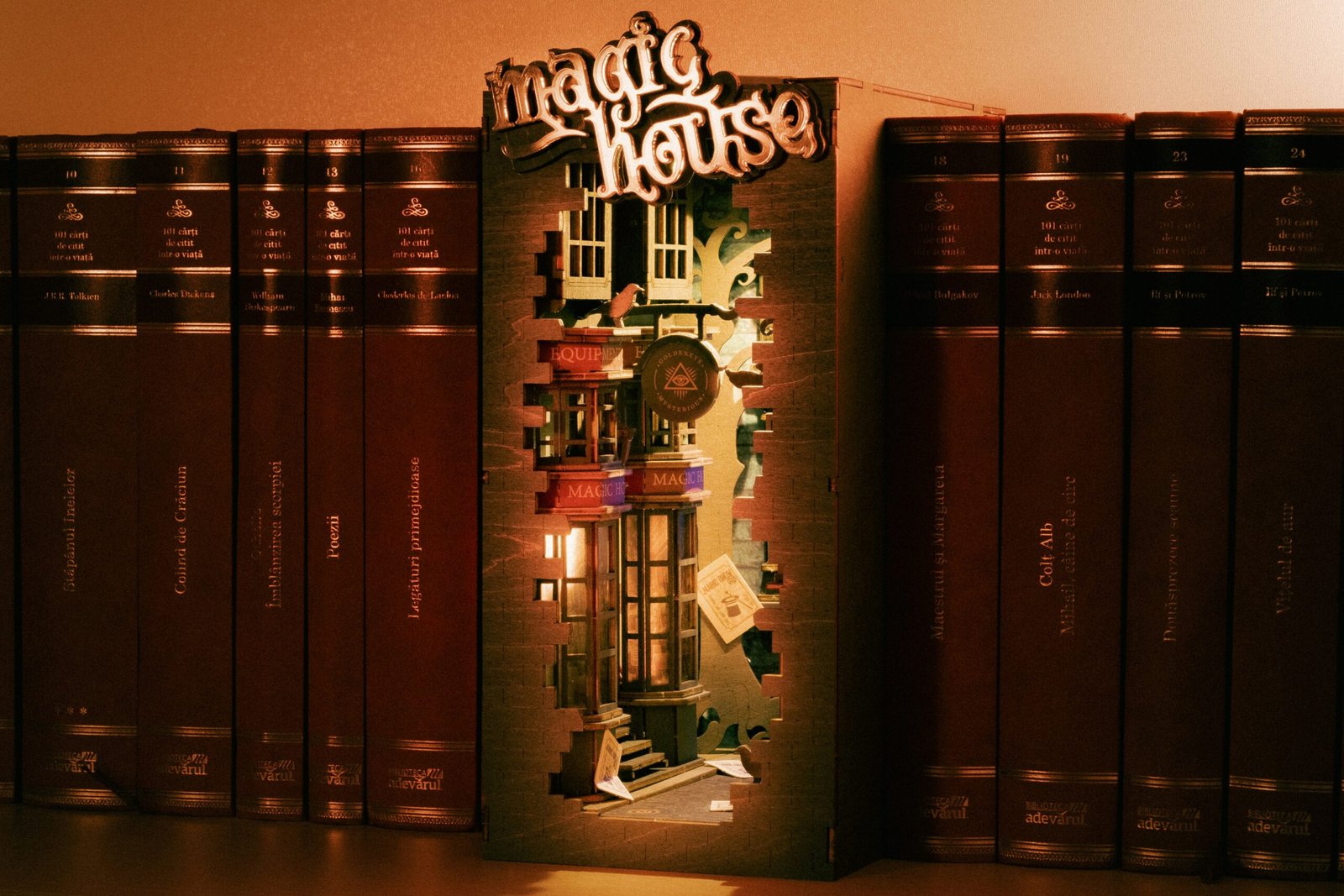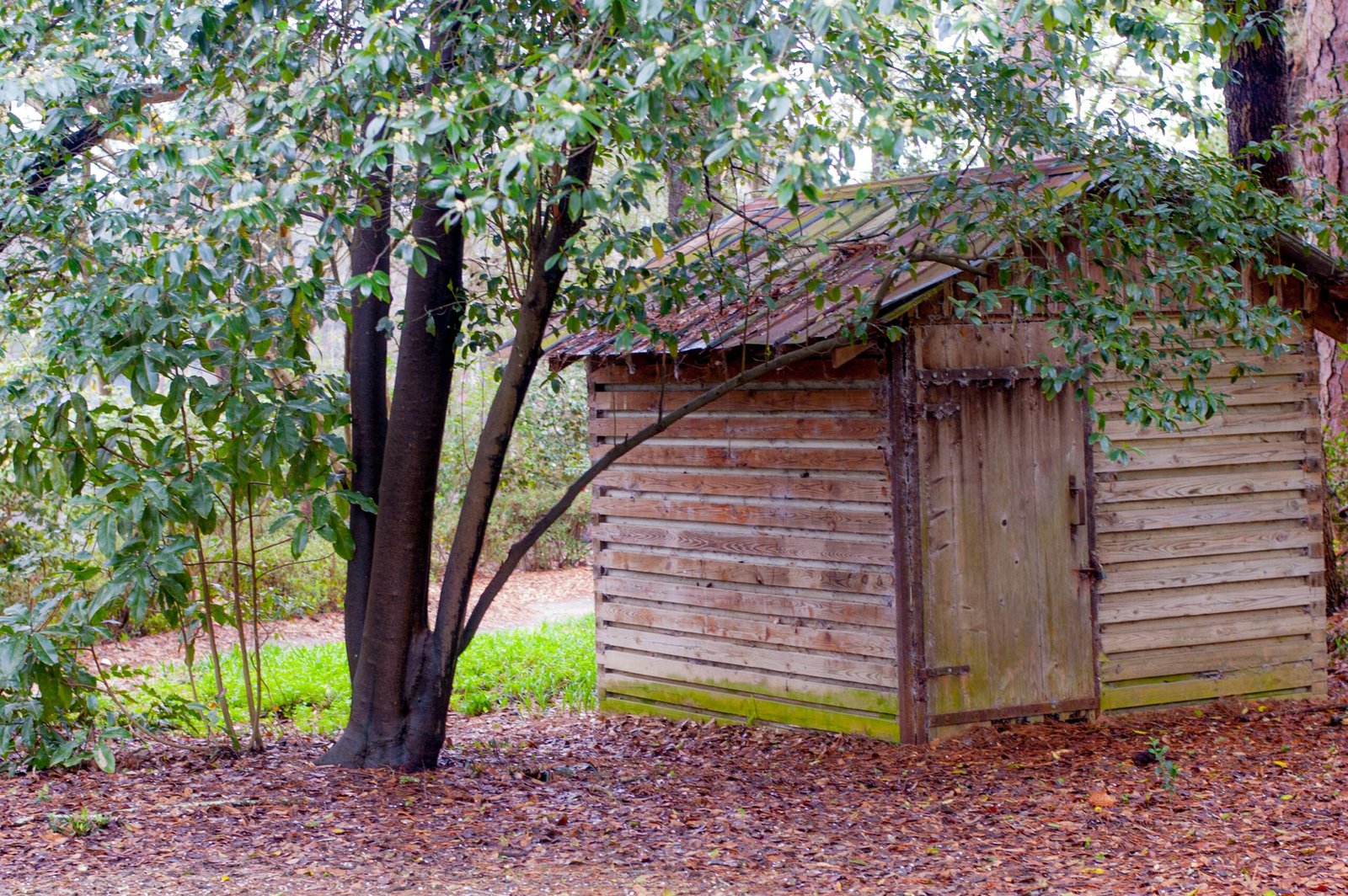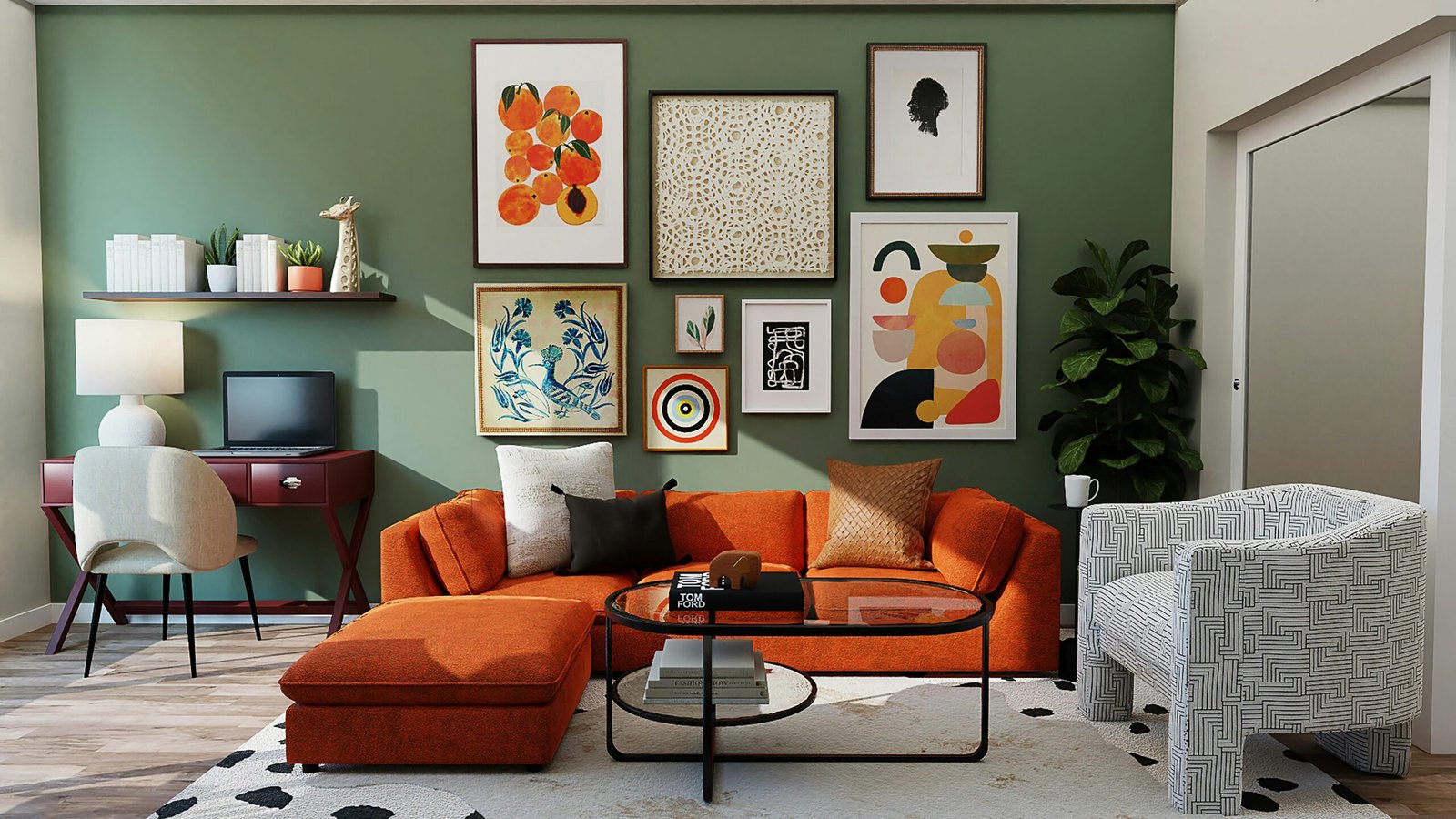Choosing the Right Design for Your Space
When embarking on a DIY project to build a bookcase, one of the most critical considerations is the design that will best suit your space and reflect your personal style. Bookcases can range from modern minimalism to rustic charm, and selecting a design that aligns with your existing interior aesthetic is essential. For a contemporary look, sleek lines and an open shelving concept might be ideal, while those seeking a warmer ambiance might gravitate towards a more traditional design with solid wood and ornate details.
Before finalizing your design, it is crucial to measure the available area meticulously. Ensuring that your DIY bookcase fits seamlessly into your space is fundamental to achieving a polished look. This includes considering the height, width, and depth of the bookcase relative to the existing furniture and room dimensions. Keep in mind that over-scaled bookcases can overwhelm smaller spaces, while an undersized unit may look out of place in a larger room.
Functionality should ideally complement style. Think about how you intend to use your bookcase; will it primarily serve as a display for books, or do you want it to hold decorative elements as well? Open shelving allows for both functionality and aesthetics, enabling you to showcase your collection, while built-in options can maximize space efficiency in tighter quarters. Corner bookcases are particularly valuable in optimizing corner spaces, offering ample storage without dominating the room visually. Each choice presents unique opportunities to create a personalized and practical feature in your home.
In conclusion, the design of your DIY bookcase should harmonize with your space while providing the functionality you need. By thoughtfully considering both aesthetics and measurements, you can create a beautiful storage solution that enhances your interior design.
Materials and Tools Needed
Creating a stylish and functional DIY bookcase requires careful selection of materials and tools. To ensure the longevity and aesthetic appeal of your bookcase, choose high-quality materials. The primary choice for wood includes plywood, MDF (Medium-Density Fiberboard), or solid hardwood. Plywood is often favored for its affordability and strength, while solid hardwood adds a premium look that can elevate the design. Depending on the desired finish, consider using clear or stain-grade water-based paint, which enhances the natural grain of the wood.
In terms of structural components, you will require screws and brackets to firmly hold the shelves in place. Opt for corrosion-resistant screws to prevent rust and prolong the life of your bookcase. Additionally, using L-brackets can reinforce the joints, particularly for larger units that need added stability. For the finishing touches, select a high-quality sandpaper and a paintbrush or roller for an even application of your chosen paint or stain.
The tools necessary for this DIY project include a miter saw or circular saw for cutting wood to size, a drill and bits for creating pilot holes, and a measuring tape for ensuring precision in your measurements. You might also benefit from having a level to ensure your shelves are perfectly straight. When working with wood, always prioritize safety by wearing goggles, a dust mask, and hearing protection, especially when using power tools.
Selecting quality materials and tools not only enhances the durability of your bookcase but also contributes to a visually appealing finished product. Investing time in this preparatory phase will enable you to create a stunning piece that meets your storage needs and personal style.
Step-by-Step Building Process
Building a DIY bookcase is a rewarding project that not only enhances storage but also adds a personal touch to your space. To begin, gather all necessary materials, including quality wood, screws, wood glue, sandpaper, and a finish of your choice. Before starting, ensure that you have the right tools at hand, such as a saw, drill, measuring tape, and a level.
Start by measuring the designated area where you plan to place your bookcase. This will dictate the dimensions of your project. Once measured, use your saw to cut the wood to size. Always remember to follow safety guidelines, such as wearing goggles and gloves while operating power tools. Accurate cuts are crucial, as they influence the stability of the entire structure.
Next, sand the cut edges to avoid splinters and ensure a smooth finish. This will make later steps, such as painting or staining, much easier and more effective. After sanding, it’s time to start assembling the bookcase. Begin by attaching the side panels to the top and bottom pieces using screws. For added durability, apply wood glue at the joints before securing with screws.
As you construct the main framework, consider how you want to arrange the shelves. You can opt for fixed shelves for support or adjustable ones for added versatility. If you choose adjustable shelves, drill holes evenly spaced along the inner edges of the side panels. This allows you to customize the height of each shelf to fit various items.
Before finishing, ensure everything is level and stable. Use a level to check your work, and make any adjustments as necessary. Finally, personalize your bookcase with paint, stain, or decorative elements such as trim or bookends. Keep in mind that creativity is part of the DIY process, so feel free to design a piece that reflects your unique style.
Styling and Decorating Your New Bookcase
Once your DIY bookcase is fully assembled, the next step involves styling and decorating it to enhance its visual appeal. The art of arrangement is crucial in achieving a harmonious blend of functionality and aesthetics. A well-styled bookcase can become a focal point in your room, showcasing your personality while providing additional storage.
Begin by organizing your books in a way that complements the overall design. You may choose to arrange them by color, size, or genre, depending on your preference. This creates an inviting visual effect. Balancing books with decorative items is an essential aspect of styling your bookcase. Integrating elements such as framed photographs, unique sculptures, or artistic vases can add character to your shelf while providing visual breaks between rows of books.
Another effective way to enhance the look of your newly built bookcase is by incorporating greenery. Houseplants such as succulents or ferns introduce a refreshing touch of nature to the space, enlivening the area and promoting a sense of tranquility. These plants can be placed on top of the bookcase or interspersed among your books and decorative elements. Consider using stylish pots that harmonize with the overall color scheme of your room for an additional layer of design.
Personal mementos, such as souvenirs from travels or cherished gifts, can infuse your bookcase with a unique perspective and storytelling element, revealing more about who you are. While personalizing your space is important, ensure you maintain functionality. The items should not clutter the shelves; rather, they should complement the organization of your books and other components. Incorporating items that serve dual purposes can be a practical solution. For example, decorative boxes can hide away miscellaneous items while enhancing the overall design.
In conclusion, styling and decorating your DIY bookcase involves a thoughtful arrangement of books, decorative items, and personal touches that create a visually appealing yet functional display. By balancing aesthetics with practicality, your bookcase will not only serve as storage but also as a stylish addition to your space.



